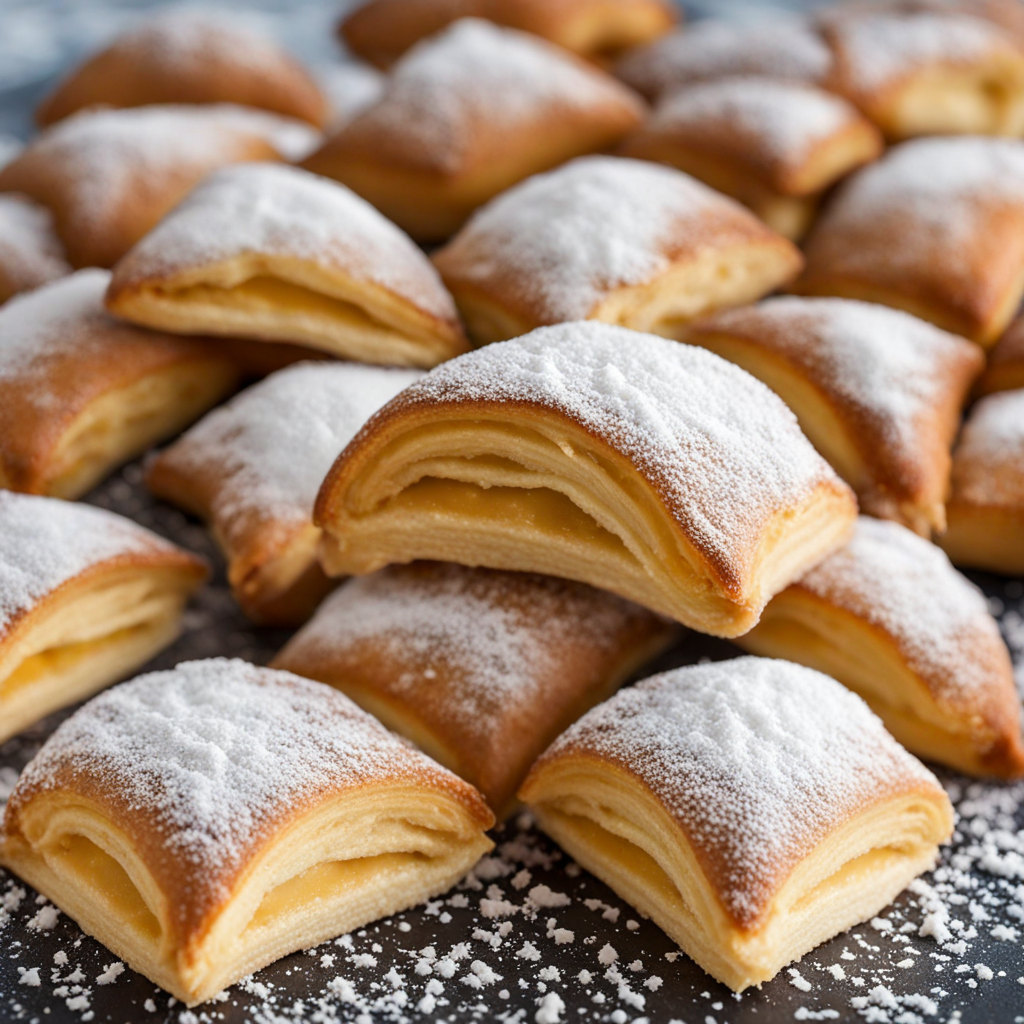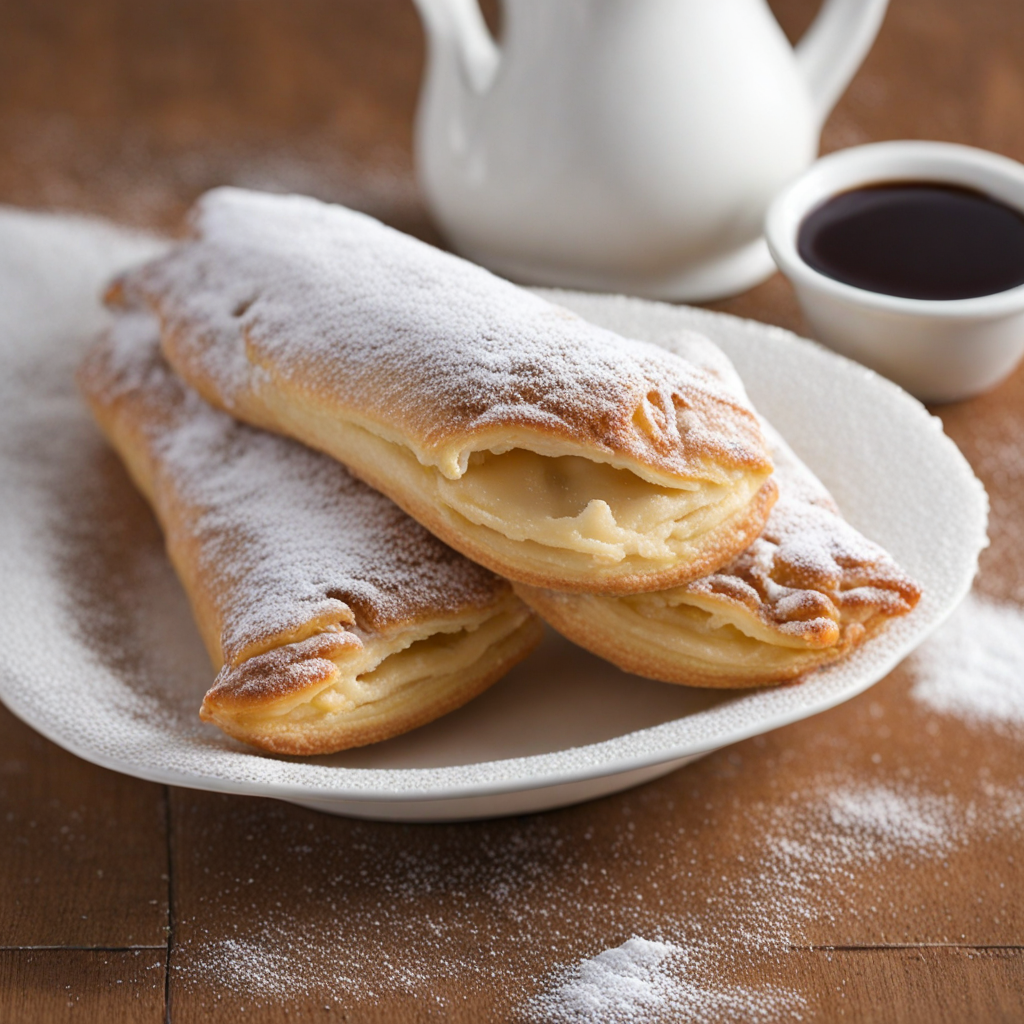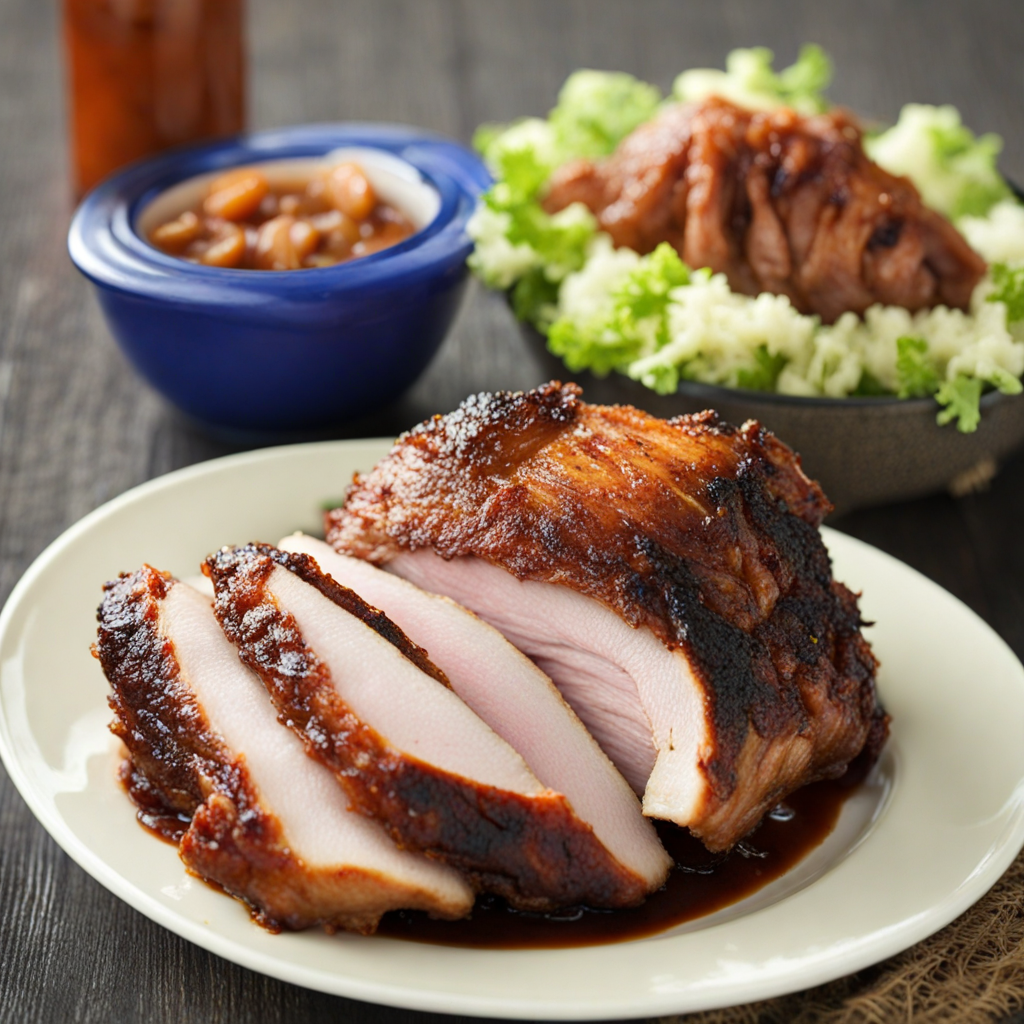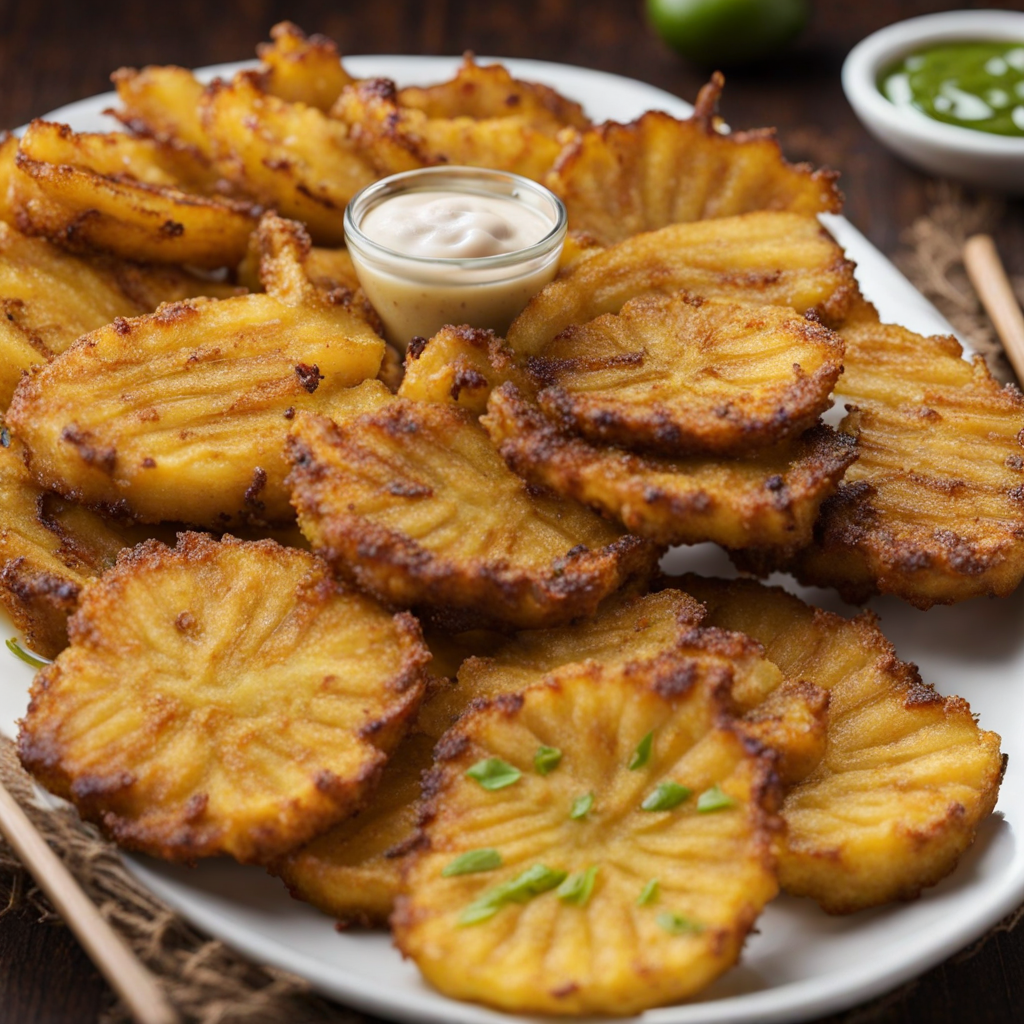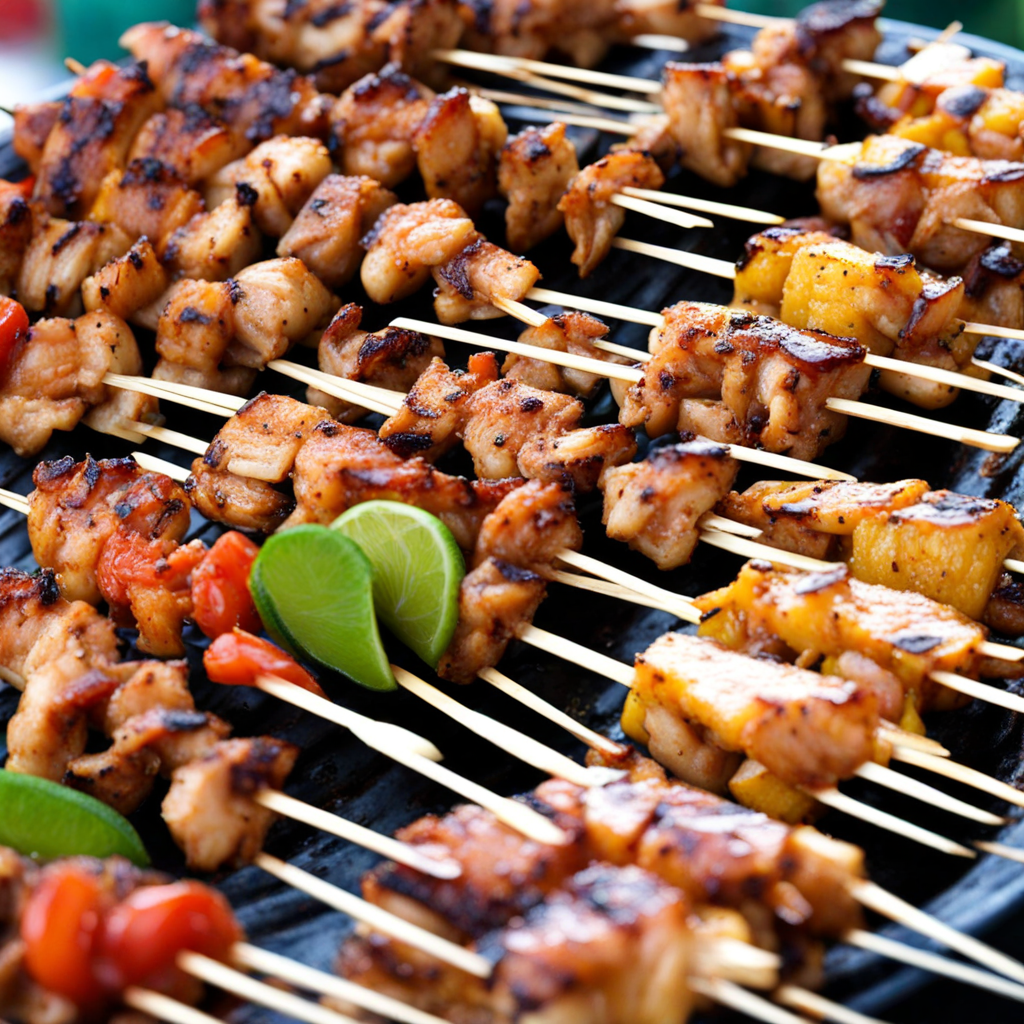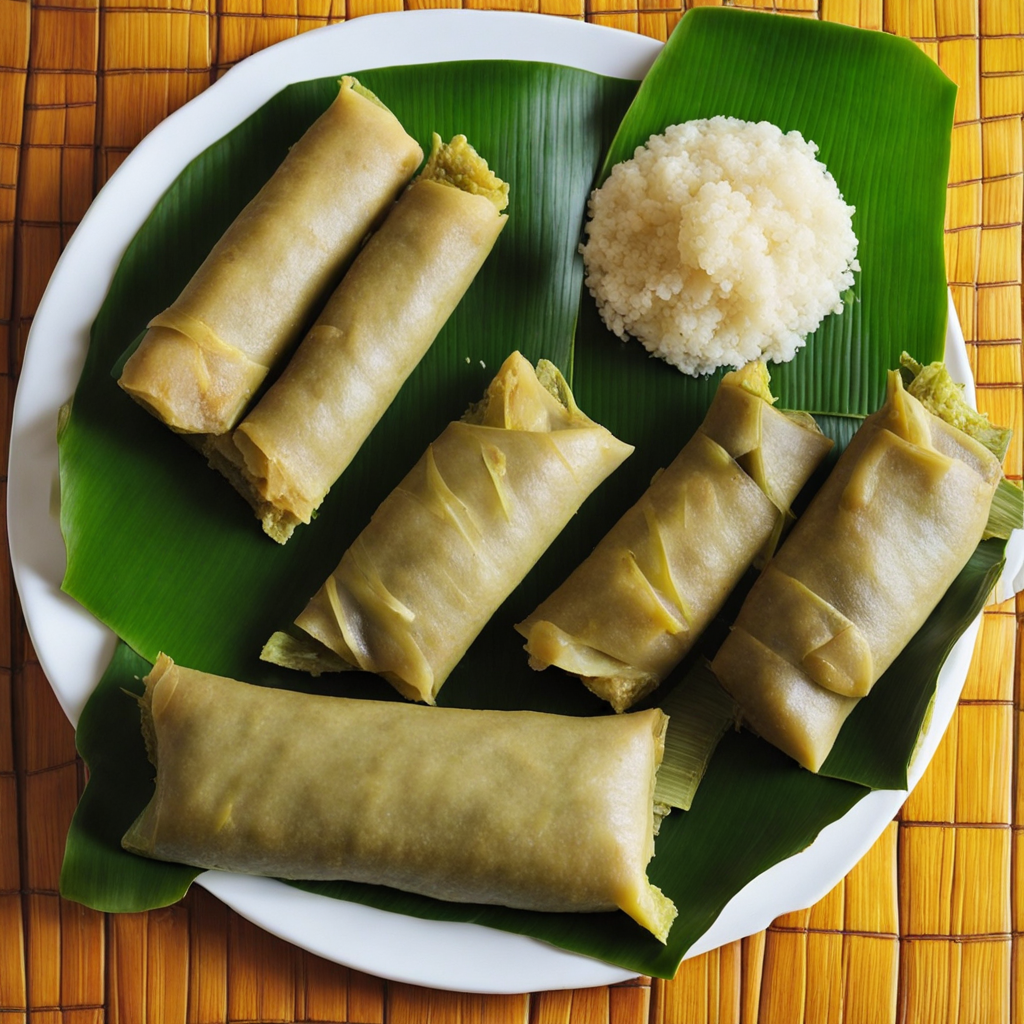Mallorcas
Mallorcas are a delightful pastry hailing from Puerto Rico, characterized by their soft, pillowy texture and sweet, buttery flavor. This traditional treat has its roots in the Spanish influence on Puerto Rican cuisine, tracing back to the Balearic Islands, particularly Mallorca. The evolution of Mallorcas mirrors the fusion of cultures that defines Puerto Rican food, where Spanish, African, and indigenous Taíno elements blend harmoniously. The flavor profile of Mallorcas is a delightful balance of sweetness and richness. The dough is typically enriched with butter, resulting in a soft, tender crumb that is slightly flaky. When baked, the exterior becomes golden brown, while the inside remains light and airy. Often, the pastries are dusted generously with powdered sugar, adding an extra layer of sweetness. The subtle notes of vanilla and the rich buttery flavor create a comforting and indulgent experience that is both satisfying and delightful. Preparation of Mallorcas involves a straightforward yet meticulous process. The key ingredients include all-purpose flour, sugar, yeast, milk, eggs, and, of course, a generous amount of butter. The dough is first prepared by mixing the dry ingredients and then incorporating the wet ingredients, allowing it to rise until it doubles in size. Once the dough is ready, it is rolled out, brushed with melted butter, and folded multiple times to create layers. This folding technique is crucial, as it contributes to the pastry's characteristic flakiness. After shaping the dough into spirals or rounds,
How It Became This Dish
The Sweet History of Mallorcas: A Puerto Rican Delight #### Origins: A Fusion of Influences Mallorcas, the sweet, flaky pastry that has become a cherished icon of Puerto Rican cuisine, has a rich history that reflects the island’s diverse cultural influences. The origins of Mallorcas can be traced back to the Spanish colonization of Puerto Rico in the late 15th century. The Spanish brought with them various culinary traditions, including the concepts of pastries and breads, which would eventually evolve into what we now know as Mallorcas. The name "Mallorca" itself is derived from the Spanish island of Mallorca, where a similar pastry is made. However, Puerto Rican Mallorcas are distinct in preparation and presentation. They are typically made using a rich, buttery dough that is rolled and folded multiple times to create a flaky texture, often sweetened by adding sugar and sometimes a hint of cinnamon. The use of butter instead of lard, which is more common in traditional Spanish pastries, reflects the local adaptations that have occurred over the years. #### Cultural Significance: A Culinary Staple Mallorcas are not just a pastry; they are a symbol of Puerto Rican hospitality and culture. Traditionally enjoyed as a breakfast item or snack, they are often served with a cup of coffee or chocolate milk. The act of sharing Mallorcas with family and friends is a gesture of warmth and community, embodying the spirit of Puerto Rican gatherings. In Puerto Rican households, you might find Mallorcas being prepared for special occasions, such as holiday celebrations and family gatherings. Their flakiness and sweetness make them a beloved treat for children and adults alike, securing their place in the hearts of many Puerto Ricans, both on the island and in the diaspora. Over the years, Mallorcas have become a staple in local bakeries and cafes, often enjoyed fresh and warm from the oven. They are typically dusted with powdered sugar, making them visually appealing and even more delightful to consume. This simple yet delicious pastry has transcended its humble origins and is now a beloved part of the Puerto Rican culinary landscape. #### Development Over Time: From Tradition to Modernity As Puerto Rico has evolved, so too have the Mallorcas. Initially, they were prepared in homes, often passed down through generations as family recipes. However, with urbanization and the increasing pace of life, the way they are made and consumed has adapted to modern lifestyles. In the mid-20th century, as Puerto Ricans began to migrate to the mainland United States, particularly to New York City, they took with them their culinary traditions. Bakeries specializing in Puerto Rican foods began to pop up in neighborhoods with significant Puerto Rican populations, such as the Lower East Side and the Bronx. Here, Mallorcas found a new audience and became a nostalgic food for those longing for a taste of home. In the 21st century, Mallorcas have undergone yet another transformation with the rise of gourmet food culture. Many bakeries now experiment with fillings and toppings, introducing flavors like guava, cream cheese, and even chocolate. While these innovations may stray from the traditional preparation, they reflect the dynamic nature of Puerto Rican cuisine and its ability to adapt while still honoring its roots. Additionally, the growing interest in Puerto Rican cuisine beyond the island has led to the introduction of Mallorcas in restaurants and cafes across the United States and beyond. Chefs and food enthusiasts are increasingly recognizing the importance of these pastries, incorporating them into menus and elevating them to new culinary heights. #### The Modern Mallorca Experience Today, enjoying Mallorcas is a quintessential Puerto Rican experience, whether you are on the island or part of the diaspora. Bakeries in Puerto Rico often have a line out the door for freshly baked Mallorcas, with patrons eager to savor the rich, buttery flavor and flaky texture. In Puerto Rican communities abroad, these pastries are often featured at cultural events, family gatherings, and celebrations, reinforcing their status as a beloved tradition. The experience of eating a Mallorca is often accompanied by a sense of nostalgia, evoking memories of childhood and family gatherings. Many Puerto Ricans have fond recollections of waking up to the aroma of freshly baked pastries wafting through the house, signaling a special treat. This emotional connection to the food enhances its cultural significance and cements its place in the hearts of many Puerto Ricans. #### Celebrating the Future of Mallorcas As Puerto Rican cuisine continues to gain recognition globally, Mallorcas are experiencing a renaissance. Food enthusiasts and chefs are exploring traditional recipes while also pushing the boundaries with innovative takes. The rise of social media has also played a role in popularizing these pastries, with mouthwatering images and recipes shared widely, enticing a new generation to appreciate their charm. In this era of globalization, Mallorcas serve as a reminder of the importance of culinary heritage and the stories that food tells. They encapsulate the blending of cultures, the evolution of recipes, and the enduring connections between people and their culinary traditions. As more individuals discover the joy of Mallorcas, they will undoubtedly continue to thrive, bridging the past with the future. #### Conclusion: A Pastry with a Purpose In conclusion, Mallorcas are more than just a delicious pastry; they are a testament to Puerto Rico’s rich history and cultural identity. From their Spanish origins to their modern adaptations, they embody the resilience and creativity of the Puerto Rican people. As these pastries continue to evolve, they will undoubtedly remain a cherished staple that unites generations and celebrates the warmth of Puerto Rican culture. Whether enjoyed at a café in San Juan or a bakery in New York, Mallorcas will always be a sweet reminder of home.
You may like
Discover local flavors from Puerto Rico


